
The Importance of Schema Markup
Technical SEO
Schema markup is an important element of technical SEO. It is the special language used by all search engines to understand and categorise the content on your pages. It is sometimes also called structured data, and works across all major search engines, including Google, Bing, and Yahoo. It is a form of code, or semantic vocabulary, that helps these search engines gain a better understanding of your pages’ content, so that it can match them to relevant search terms.
For e-commerce businesses, schema markup plays an important role in your website’s foundation. Every page in your website needs to be appropriately marked up with structured data to provide search engines with the relevant information needed to get the right people visiting your site.
As advanced as search engines like Google are at reading the purpose of a web page, they still have limited comprehension skills compared to humans. While any one of us would easily be able to identify a product page by its copy, its images, it’s branding, or its formatting, these elements aren’t noticeably obvious to search engines.
This is why schema markup is so important for your website’s ranking performance. It talks in a language that Google and other search engines understand, so that your website can be categorised appropriately. Taking the time to markup your pages will go a long way towards improving your ranking potential by optimising your site’s overall visibility.
We can help you with these critical foundations and technical seo. We have a web development team for all major platforms that cant help you build out the correct schema markup for your website.
Google has free schema testing tools that you can use to see your current situation and where things need improving.
Official schema.org data can be found here
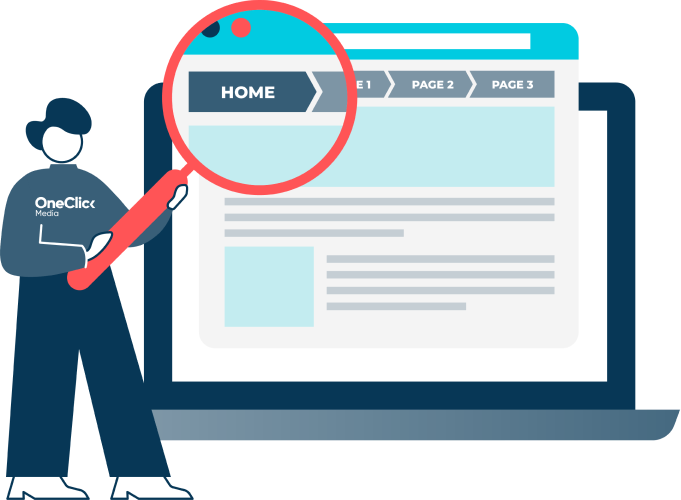
Follow the Breadcrumbs
BreadcrumbList is a type of schema markup that can be used to give search engines a clear understanding of where a page sits within the hierarchy of your website. By adding this markup (a type of technical seo) to every type of page – from product pages to blogs to your contact page – you will create a trail of breadcrumbs through your website that lead to the root of your domain: your homepage.
This type of schema markup helps search engines understand how a page fits within the navigation of your website. As such, your pages will be ranked in terms of their relevance to the website, which will help search engines to better understand their purpose.

Marking up Products
A lot of e-commerce businesses choose to list their products and services through Google Ads. However, if these listings don’t have the appropriate schema markup, Google will penalise those product listings and favour other ads that have done the work in the backend.
Google Ads is a great way to spread the word about your e-commerce business and its offerings, but without taking the time to put in that schema markup, all your other hard work will be for nothing. Remember, Google and other search engines need that data on your product pages to properly understand their relevance. Without it, they will choose to rank a different product instead.
Don’t miss out on this undeniably useful marketing opportunity. Provide the correct schema markup for your product pages and their online listings, and benefit from the boost in ranking you will receive from taking the time to perform this optimisation.

Google PageSpeed
Google PageSpeed Insights reports on the performance of a web page using a range of metrics, and provides an average score on the technical SEO qualities of that page, along with suggestions on how to improve it.
It is a useful tool that gives developers a clear indication on what is working and what needs fixing. After all, e-commerce businesses rely heavily on the performance of their website to keep visitors engaged and continually coming back for more. If your website is slow or littered with technical seo inefficiencies, then you are going to lose more people than you keep. Worse still, these performance issues are picked up by Google and used to rank your website lower than it otherwise should be.
Google PageSpeed Insights shouldn’t be ignored by e-commerce businesses, as it provides an accurate assessment on the speed – and overall performance – of your website. As these factors can have both a positive and negative effect on your site’s ranking capabilities, it’s another foundational element that is worth paying attention to.
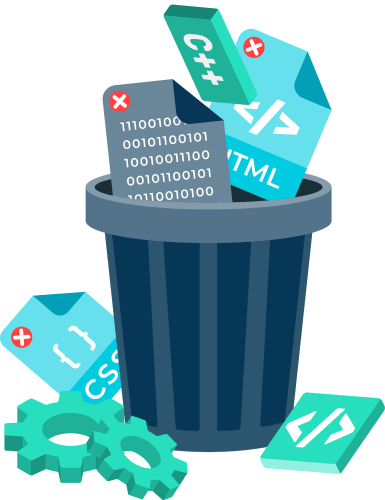
Unused Code
As your website develops and grows over time, it’s not uncommon for there to be a lot of unused code left over that is no longer relevant to the running of those pages. There can also be unneeded JavaScript or CSS taking up more space on your servers that hasn’t been cleaned up yet. Not to mention slowing your website down!
In these cases, the performance of your website will suffer from having to account for all that unnecessary code taking up important space in the backend. If you take the time to clear out this code, your website’s performance will benefit as a result – helping to improve your ranking as well.

Optimising for Mobile Devices
We’ve all had an experience when we have looked up a website on our mobile phones, only to discover that the site hasn’t been optimised at all for the device. It can be incredibly frustrating trying to navigate a website on a mobile phone that clearly has not had any effort put into adapting it to the smaller screen.
This issue permeates in both the front and backend of the website. If the web design hasn’t been optimised for mobiles, then finding your way through the website can quickly become headache inducing. Likewise, if the backend has been directly carried over from the desktop version, then the performance of the mobile site will suffer as a result. Again this is all part of the technical seo. Building a site for mobile and desktop should be part of your technical seo checklist.
For your e-commerce business’ website, it is crucial that you optimise your site for your mobile consumers. Making sure that you have all devices covered – from desktops to phone to tablets – will guarantee you more consistent success in generating sales and being viewed favourably by Google.

Optimise Your Images
It’s a simple solution, but too many e-commerce businesses fail to properly optimise their images. Doing so not only improves your PageSpeed score, but it also benefits your technical SEO and helps with the overall performance of your website.
Here are some tips to better optimize your website’s images moving forward:
-
- Select JPEG for your image files as PNG is too large and GIF is too low quality.
- Use direct image names that reflect the keywords/phrases you are targeting.
- Optimise your alt attributes to help with web accessibility.
- Size your images appropriately so that their file size isn’t too large. Generally, you want them to be under 70kbs.
- Use image sitemaps to help Google crawl to find them.
By following these steps, your images will be better optimized to rank
higher on Google and other search engines.
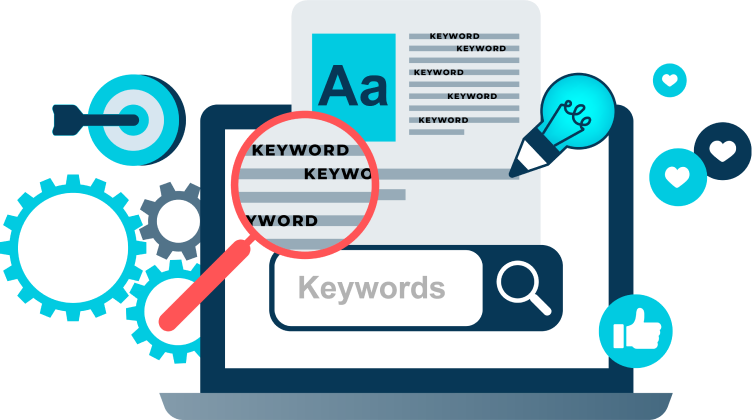
The Importance of Written Content
The written content of your e-commerce website is the final foundational element we are touching on today in our technical seo tips guide. While written content isn’t usually considered to fall under the ‘technical SEO’ umbrella, it is hugely important for the success of your online store. Optimising your written content with keywords and other SEO factors can play a major role in the ranking performance of your site. While this form of optimisation may take longer to generate results, it is more than worth investing in.
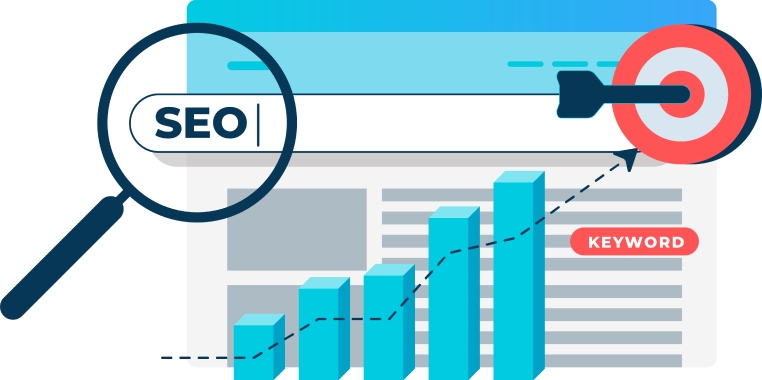
Keyword Optimisation
Keywords or key phrases are the search terms that your audience are likely going to be typing into Google when looking for your business. These keywords will focus on the products and services you offer, the industry you are in, and your location. Each of these factors should be carefully considered in the creation of your copy.
When writing the copy for your pages – from your homepage all the way through to your product pages – you should tie the copy to a particular keyword. This optimised content will then be more visible to Google when a user searches for that keyword, and helps your chances of being shown near the top of the result pages.
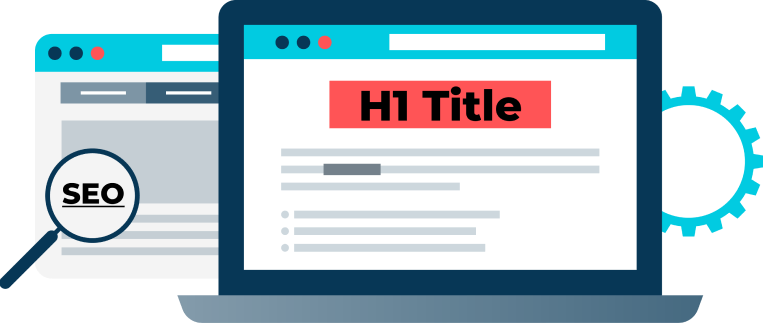
SEO Formatting
When writing content for your e-commerce website, it is essential you properly format that content to be technical SEO optimised. Here are some tips to follow when optimising the formatting for your written content.
- Use “H1” for the title of the page, and “H2”, “H3”, and “H4”, for any subsequent subheadings.
- Use dot point lists (like this one!) to help break up the text and improve readability.
- Sentences should be kept to under 25 words.
- Paragraphs should be no longer than 3-4 sentences each.
- It is recommended you have at 600-800 words on homepages and landing pages.
- Use bolding, underlining, and italics sparingly to highlight certain words or phrases.

Comprehensive Web Development with One Click Media
One Click Media are Australia’s leaders in web development for e-commerce businesses. Our comprehensive range of web development services will ensure that your website is built with the strongest foundations to help elevate the rest of your business. Our e-commerce businesses are fast, secure, and reliable, while being optimised in key areas to rank on Google thanks to their superior performance.
To make use of One Click Media’s exceptional web development services, contact our team today on 1300 082 520.
